Mastering Vocal Layering In Music Production
When you think about the songs that have stayed with you, the ones where the melody hums in your mind days after you’ve heard it, there’s often something complex behind the magic: vocal layering. It’s more than just a series of notes; it’s about creating a rich tapestry of sound that transforms a simple vocal line into a powerful and emotionally resonant force.
In its essence, vocal layering involves stacking multiple vocal takes on top of one another. These layers might include the main melody, harmonies, counter-melodies, and textural elements, all coming together to create a more compelling and robust sonic experience. You can think of it as the difference between a single monochrome thread and a vibrant, woven fabric with depth and dimension.
Take, for example, the haunting harmonies of Queen’s ‘Bohemian Rhapsody’ or the lush background vocals in Adele’s rollicking hit ‘Rolling in the Deep’. These tracks showcase vocal layering’s incredible range and its ability to turn a good song into an unforgettable anthem.
But how exactly does one achieve this rich, multidimensional sound? That’s what we’re about to explore. Understanding the technical aspects of vocal layering is the first stepping-stone toward mastering this art. Read on to find out about the tools you need and the foundational knowledge that will allow you to start experimenting with vocal layers in your own productions.
Related Posts:
- The Essentials of Vocal Mixing
- Plugin Boutique Coupon Codes & Big Discounts
- Vocal Magic or Marketing Hype? The Truth About UAD’s Topline Suite Plugin!
The Technical Side of Vocal Layering
Grasping the technical side of vocal layering hinges on familiarity with both the hardware and software at your disposal. A digital audio workstation (DAW) is your central hub for recording, editing, and mixing your layers. You’ll want to get comfortable with your DAW’s interface and learn the shortcuts that will expedite your workflow.
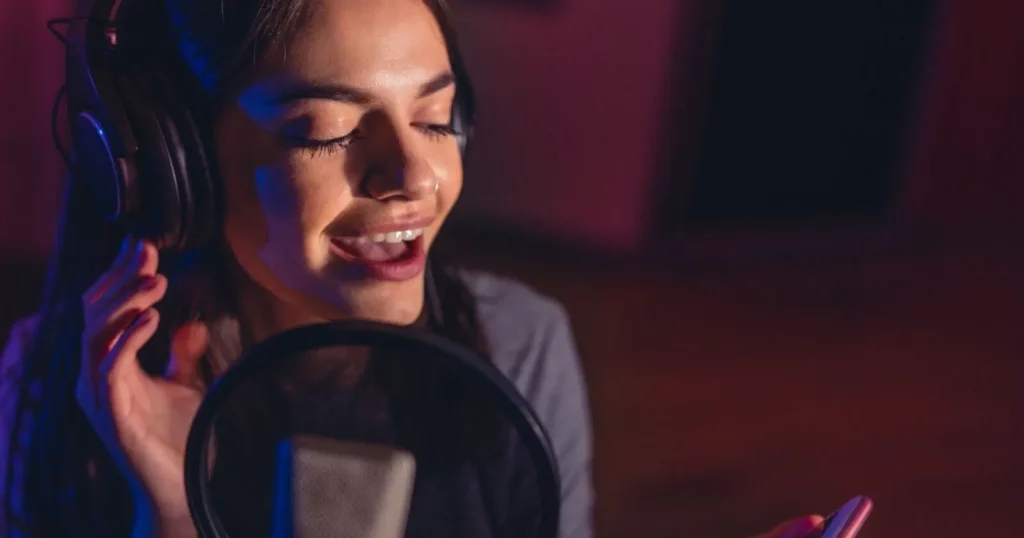
Recording multiple vocal takes is more than hitting the ‘record’ button. I ensure each take captures a different facet of the performance, whether it be a harmonic layer, a counter-melody, or simply a dynamic variation. Precision with microphone placement and room acoustics is also crucial, as these factors contribute significantly to the final sound quality.
Once you have your raw vocal tracks, blending them to sound cohesive is next. Pan each layer within the stereo field to create width and depth. Remember, a little goes a long way. Too much panning and you risk creating an unbalanced mix. Balancing EQ, compression, and reverb across layers ensures they sit well together without any one track overpowering the rest.
The real trick is knowing WHEN to layer. Each added voice should serve a purpose, enhancing the emotional weight or adding complexity to the sonic landscape. I consider each track’s contribution before adding another. This disciplined approach prevents overlayering, which can muddy a mix and obscure the lead vocal’s clarity.
In summary, the technical aspects of vocal layering require a blend of knowledge and creativity. With the right tools and techniques, you’re not just a producer — you’re a sculptor, crafting a multi-dimensional auditory experience. Up next, I’ll share creative strategies that bring a unique touch to your layered vocals, ensuring they not only sound good technically but also resonate emotionally.
Creative Strategies for Layering Vocals
Now I’ve got my tools and techniques down; it’s time to inject creativity into the mix. Layering isn’t just about adding multiple voices; it’s an art that requires a keen ear for harmony, texture, and the unique timbre of each voice. I start with the foundation: the main vocal line. This is my anchor, and everything else revolves around it.
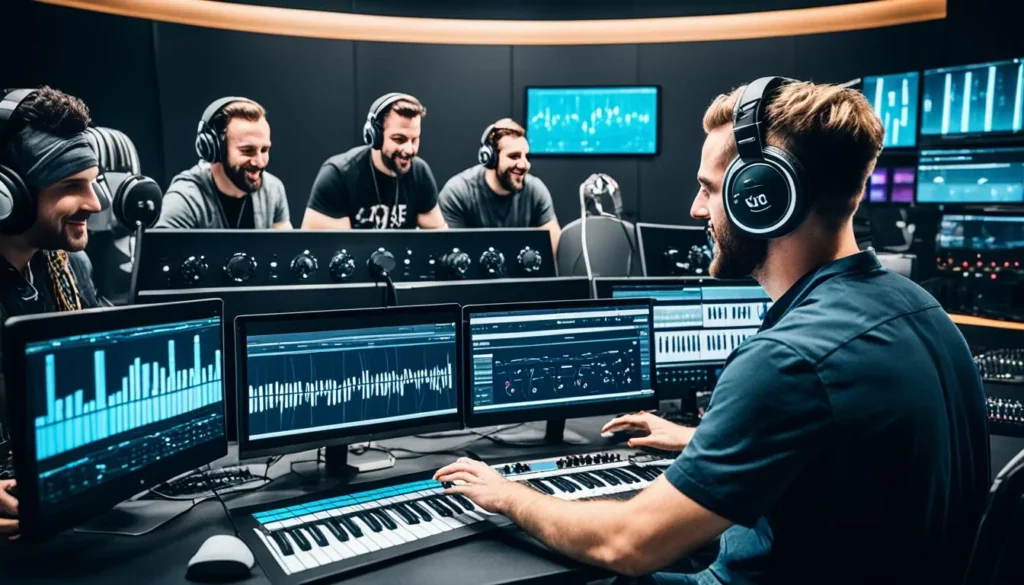
First up, harmonies. They can elevate a simple melody into something transcendental. I’ll often record several takes, varying from unison lines to complex, three or four-part harmonies. It’s important to be mindful of how these harmonies will interact with the lead. They should complement, not compete.
Then there’s the octave layering. Doubling the lead vocal an octave higher or lower can give the song an ethereal quality. It can also be a subtle way to add fullness to a chorus or lift a bridge.
Texture plays a significant role too. Breathier tones can add a sense of intimacy, while a belted backing vocal might provide the power a chorus needs. And let’s not overlook the importance of vocal ad-libs. These spontaneous, expressive elements can add a layer of personality and unpredictability to the track.
Dynamics are the final piece of the puzzle. A softly sung harmony can be just as impactful as a soaring high note. It’s all about contrast and balance. Knowing when to pull back or when to let the vocals soar requires a sensitivity to the song’s emotional landscape.
Mindful of these creative strategies, I need to ensure that the artist I’m working with is on the same page. Next, I’ll discuss the collaborative nature of vocal layering, and how I guide artists through the process to capture their best performances.
Collaborating with Artists on Vocal Layering
Effective collaboration is the backbone of any successful vocal layering endeavor. Here’s how you can ensure a smooth working relationship with artists during this process.
Begin by clearly communicating your ideas. When layering vocals, it’s key to have a shared vision. This often involves discussing the emotion you’re aiming for, the song’s narrative, and how each layer contributes to the overall sound.
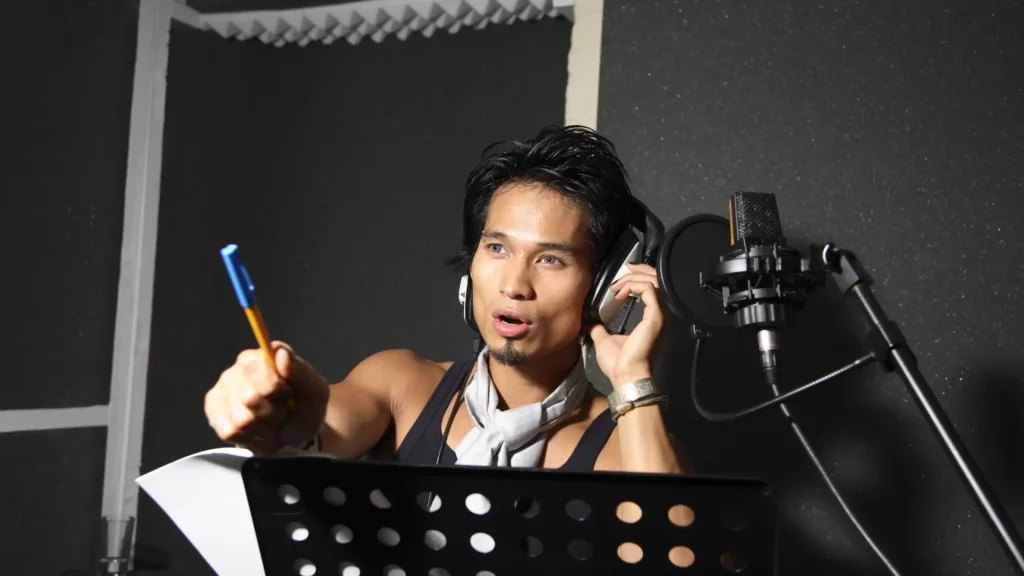
Set up a productive studio environment. The space where vocals are recorded should be comfortable and inspire creativity. This can include everything from the room’s acoustics to the vibe it emits. Artists should feel at ease to experiment with different vocal styles and expressions.
Direct vocal performances with precision and respect. Remember, feedback should be constructive and specific. It’s not just about hitting the right notes; it’s also about capturing the right feel for each layer.
Be open to input. Artists may suggest modifications to harmonies or propose alternative ad-libs that could enhance the track. These contributions can be invaluable, so always be prepared to listen and consider their suggestions.
Managing revisions is part of the process. If a vocal take doesn’t quite hit the mark, approach revisions with a clear strategy. Decide together which parts to re-record and what adjustments will benefit the overall production.
Remember, the magic of vocal layering often emerges from the collective talent and creativity of the people involved. When you build strong collaborative relationships, the final production reaps the rewards.
Advanced Techniques and the Future of Vocal Layering
The art of vocal layering has been a game-changer in the music industry, and like all aspects of music production, it continues to evolve. Producers and musicians are not just sticking to the tried and tested methods; they’re pushing boundaries with avant-garde techniques. By incorporating unexpected elements such as reversed layers, variable speeds, and pitch-shifting, artists create a sonic palette that’s uniquely theirs.
Technology plays a pivotal role in shaping the future of vocal layering. Artificial intelligence, for example, is starting to make waves, offering new ways to harmonize and process vocals. This could be both an exciting tool and a learning curve for producers, impacting how music is made and how unique vocal elements are crafted in the studio.
Looking at different music genres, we see that vocal layering takes many forms. Whether it’s the complex harmonies of a pop chorus, the haunting layers of an indie ballad, or the textural depth of an R&B bridge, the technique is versatile and adaptable. Exploring these diverse applications helps producers to see the potential of vocal layering in new and innovative ways.
To stay ahead of the curve, I encourage you to not only master traditional vocal layering techniques but also to experiment with new tools and ideas. Keep learning, stay open to change, and collaborate with others to find that magic in the music. Here lies the unwritten future of vocal layering, ready for you to explore and re-define with each project you undertake.
Related Posts:

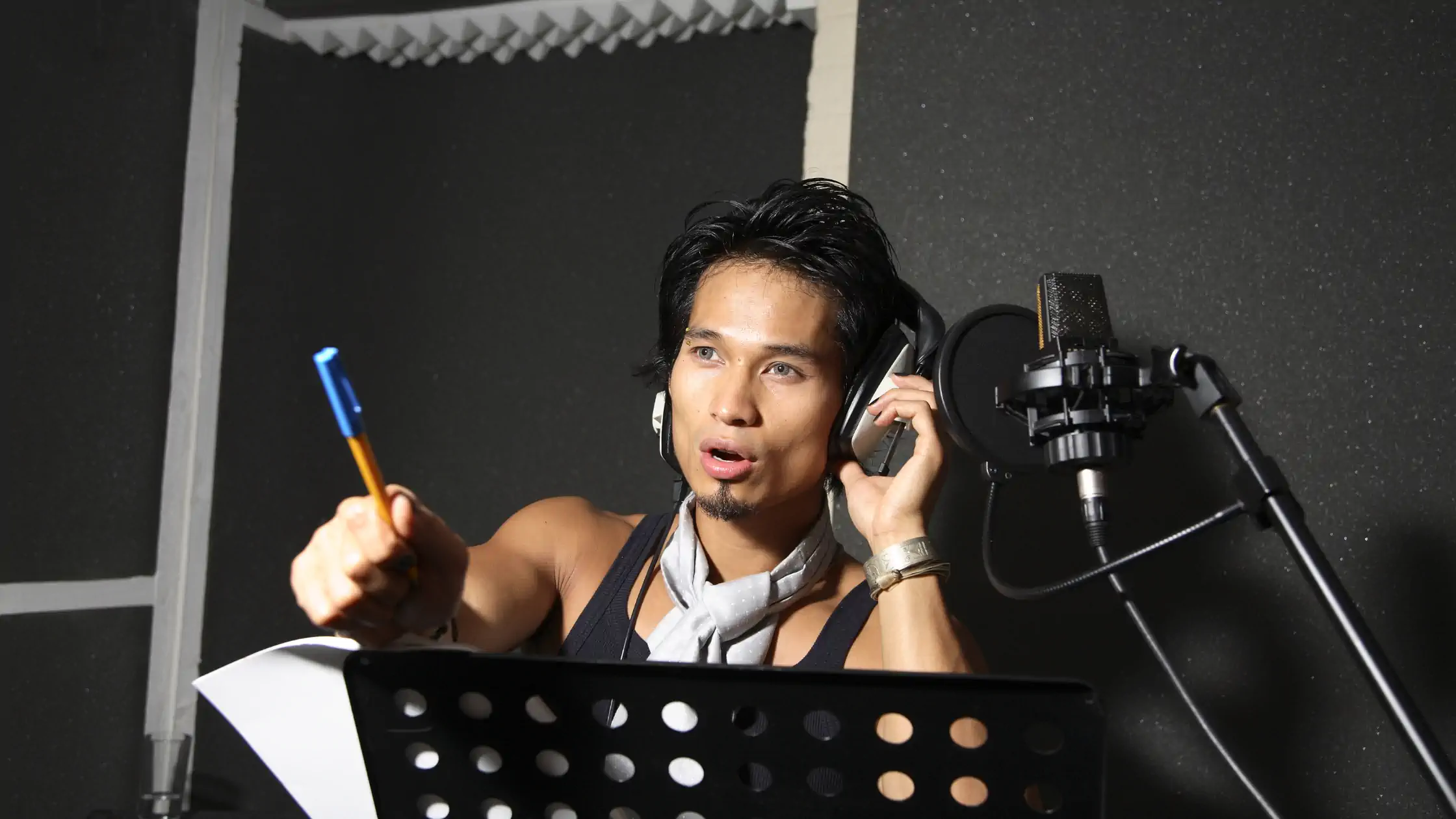


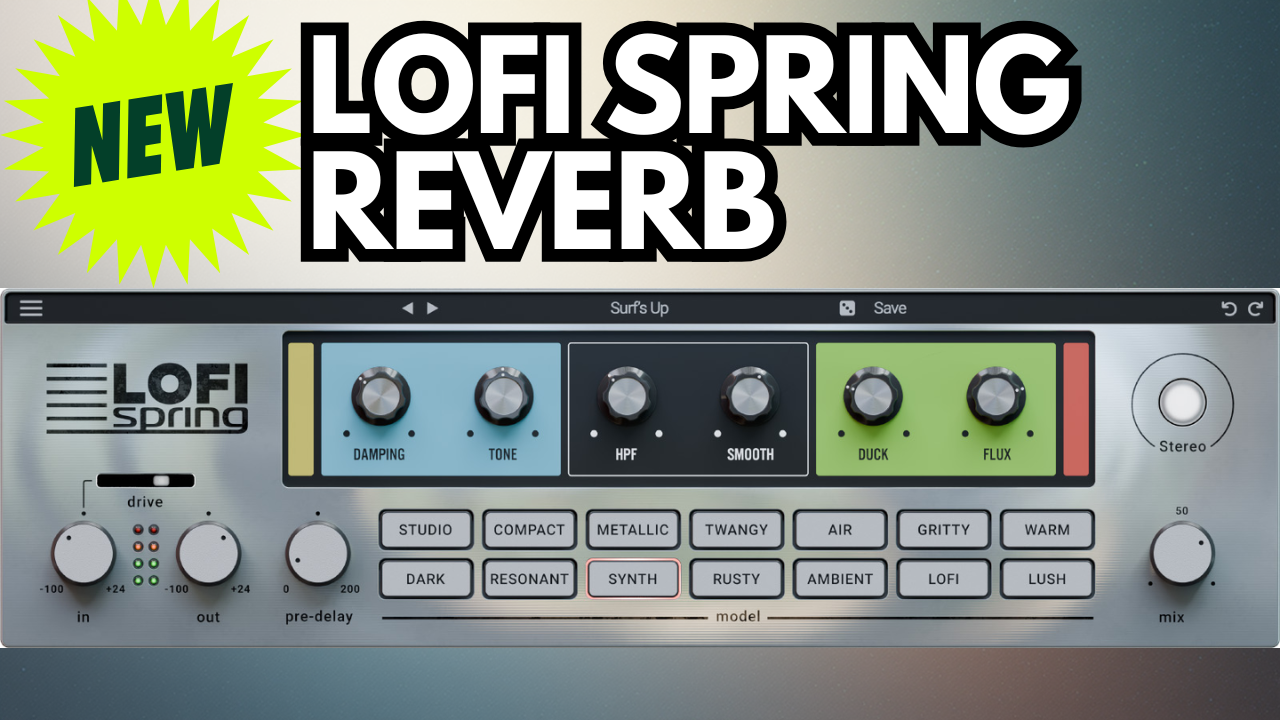
Leave a Reply